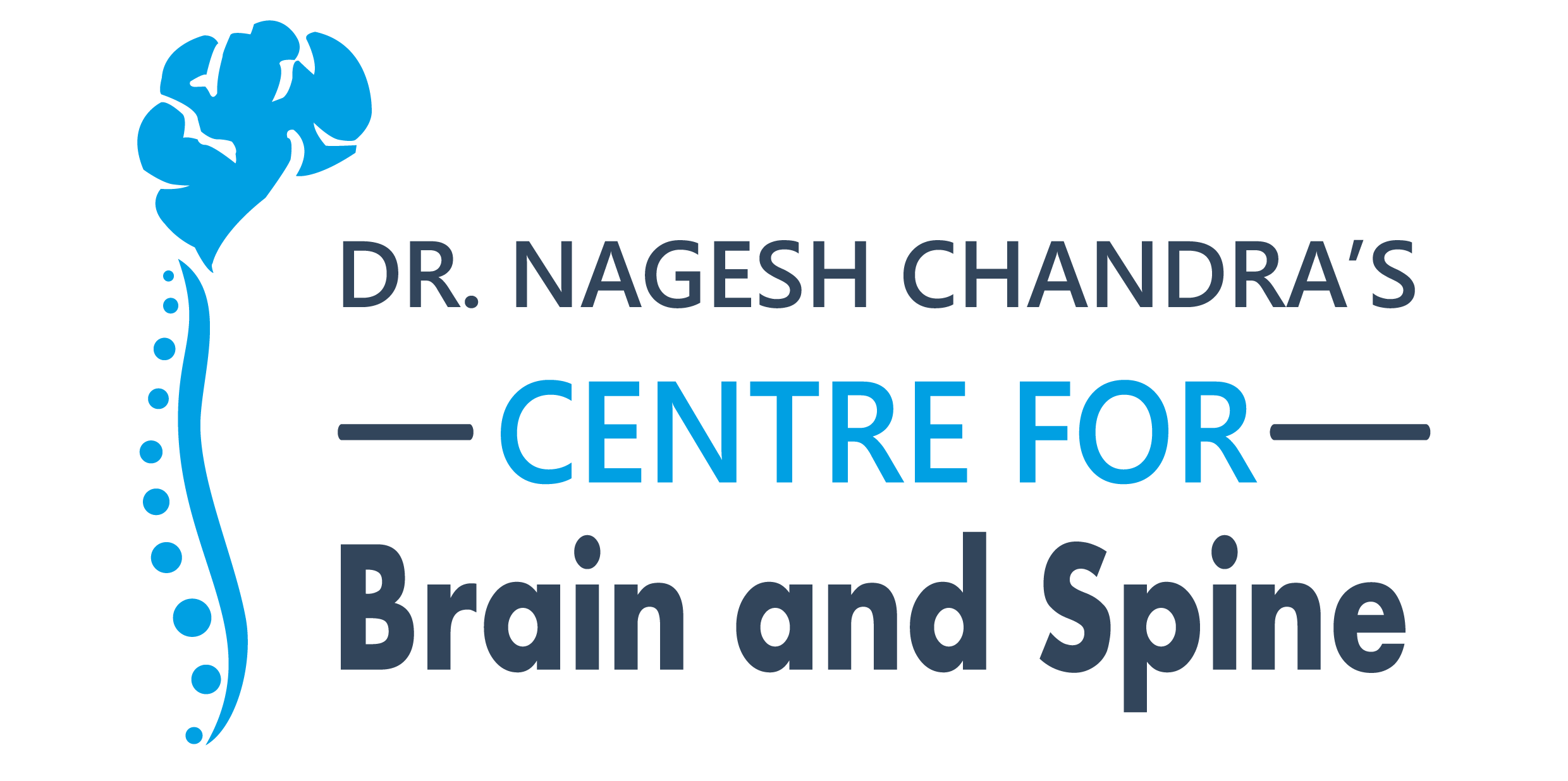Scoliosis can cause trouble if not treated correctly. Many doctors and top neurosurgeon have suggested exercises to help patients deal with pain and correct the spine posture during daily activities. Scoliosis exercises should be done cautiously and with good technique. The objective is to establish spine symmetry to restore trunk alignment and relieve back discomfort.
This guide curated by the Dr. Nagesh Chandra, Neurosurgery Specialist in Dwarka, Delhi, explains the meaning of scoliosis, exercises, etc. You must consult your doctors before performing any exercise to ensure it is safe for your condition. Follow all the instructions from your doctor and take a path towards fitness.
What is Scoliosis and its diagnosis in Delhi?
Scoliosis is a sideways spine curve that can look like an “S” or “C” shape. It can cause the body to tilt to the side, and some people may have one shoulder higher than the other. Scoliosis is usually mild and does not cause symptoms but can lead to back pain. Most cases of scoliosis are mild, but some curves worsen. Scoliosis is more likely to get worse while bones are still growing.
Scoliosis occurs in about 3% of people and most commonly develops between the ages of ten and twenty. Females typically are more severely affected than males, with a ratio of 4:1.
Scoliosis and Kyphosis however looks similar but are two different spine conditions.
Scoliosis treatment without surgery using exercises
These are some of the exercises for scoliosis that must be performed under an Spine doctor supervision.
Cat-camel
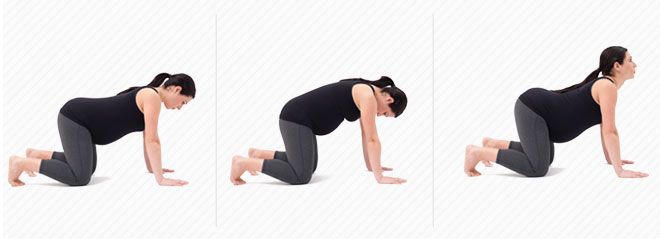
The cat-camel stretch is a freehand exercise that can help improve the flexibility and mobility of the spine. It can also help prevent spinal disorders and reduce pain.
How to perform it: You must lie down and stand on your hands and legs. Ensure your back is on level and your head & neck are comfortable. Arch your back and inhale deeply while drawing your abdominal muscles up & down. Now, exhale, relieve your abdominal muscles, and drop your neck. Lay flat on your belly and lift your towards, facing towards the ceiling.
Latissimus dorsi stretch
The latissimus dorsi stretch can help keep the upper back’s largest muscle flexible and functioning well, which may help with scoliosis.
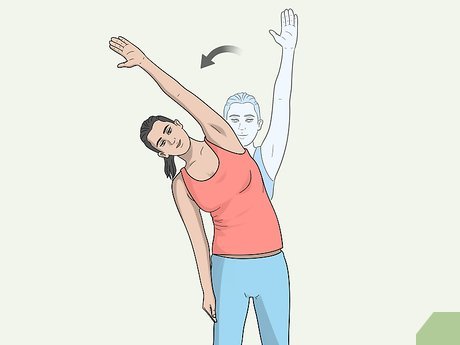
How to perform it: Stand and keep your back straight. Keep your legs apart and slightly bend your knees. Raise your hands and hold the right wrist with your left hand. Bend towards the right side until you feel a stretch in your body. Hold your breath for 10-15 seconds, and release your breath and hands. Repeat the same process on the left side.
Abdominal press
The abdominal press is a static exercise that can help with scoliosis by strengthening the core and abdominal muscles.
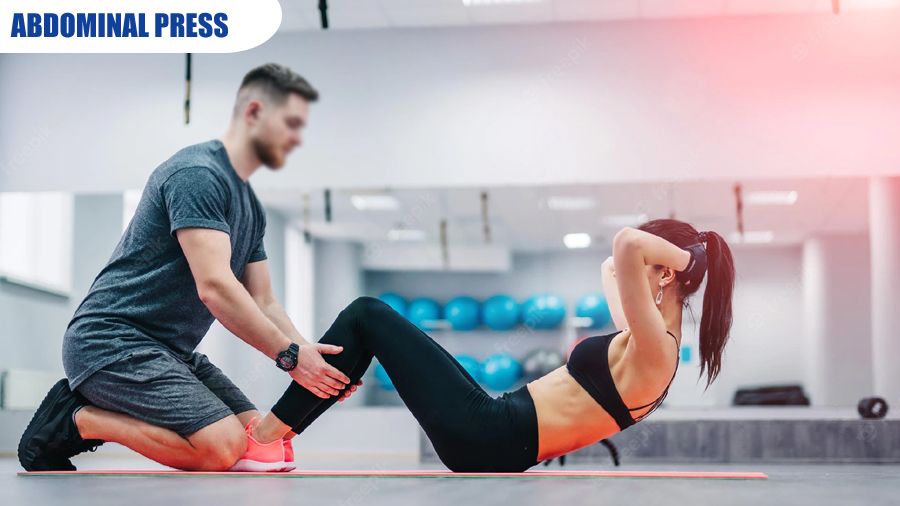
How to perform it: Lie on your back with your knees bent and feet flat. Allow your back to be tension-free. Now, slowly raise your legs off the floor until your knees and hips are bent at 90° angles. Use your hands to push your knees away while pulling your knees toward your hands. Hold for three deep breaths. Relax and repeat the process.
Bird dog
The bird dog exercise is a classic exercise that can help with scoliosis by training core stability and lower back stability. It is also safe for people recovering from back surgery or with back injuries.
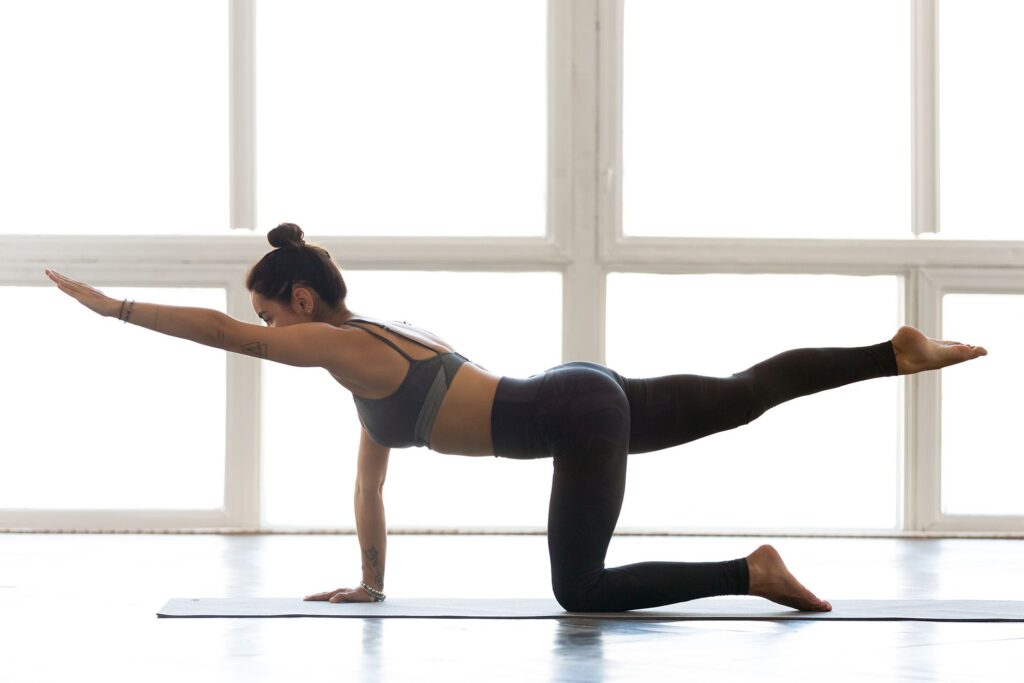
How to perform it: Place your hands and knees on the ground and keep a straight back. Align your hands with your shoulders and knees with your hips. Raise your right arm and left leg off the floor so they’re parallel to the floor. Bring your right elbow and left knee to touch underneath your body. Hold for a few seconds, then return to the starting position. Repeat on the other side.
Pelvic tilts
The pelvic tilt exercise can help strengthen the lower back muscles and slightly correct the spine’s positioning in people with scoliosis.
How to perform it: You must begin by lying on your back with feet flat on the ground and knees bent. Tighten your stomach muscles and flatten your back on the ground. Hold your breath for 5 seconds and breathe normally.
Arms and legs raise
Arm and leg raises are a scoliosis exercise that can help strengthen your lower back and core muscles, which support your spine.
How to perform it: You must begin by laying on your stomach with your forehead on the ground. Make a fist and extend your arms straight over your head. Now, slowly and steadily raise your arms and legs off the ground. Hold your breath and lower your arms and legs steadily. Repeat this process a few more times.
Scoliosis treatment without surgery in Delhi, Spine specialist in Dwarka
Exercise is increasingly recommended as a therapy for mild to severe scoliosis. Before beginning any scoliosis treatment plan, even if it comprises basic exercises, consult with your spine specialist . This assures that you will not hurt your skeletal system while completing these activities. If a workout is painful, stop immediately and notify your spine specialist.
